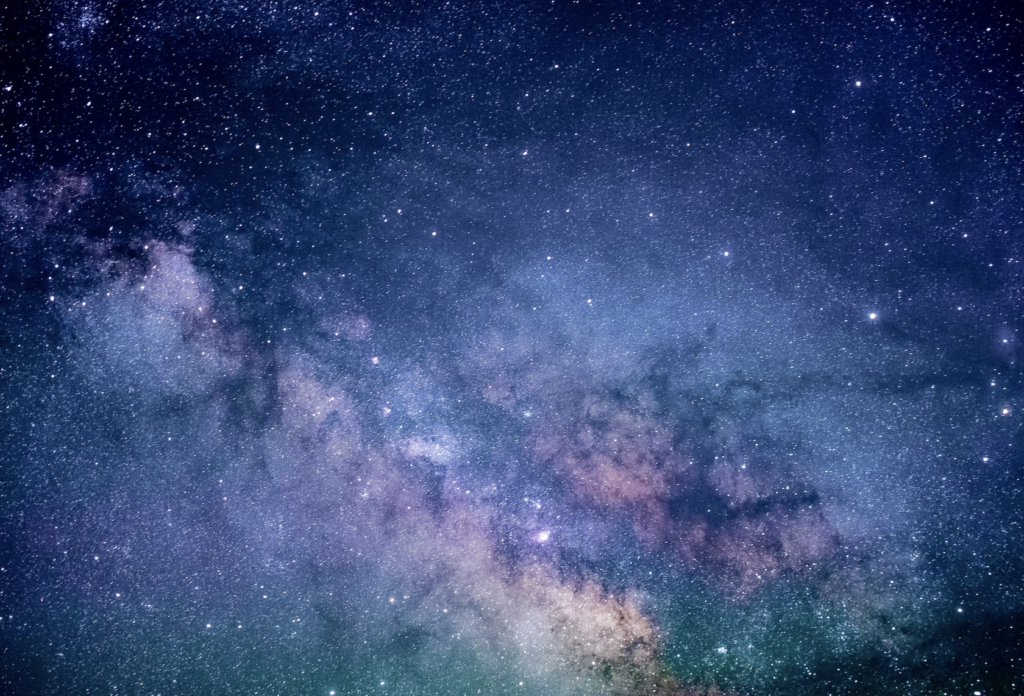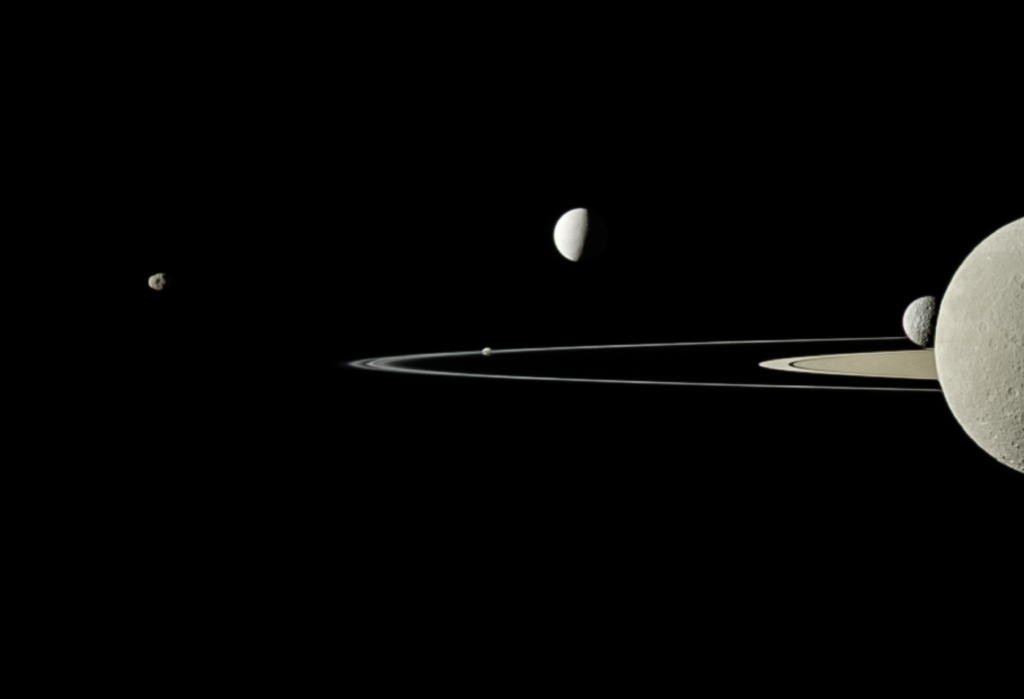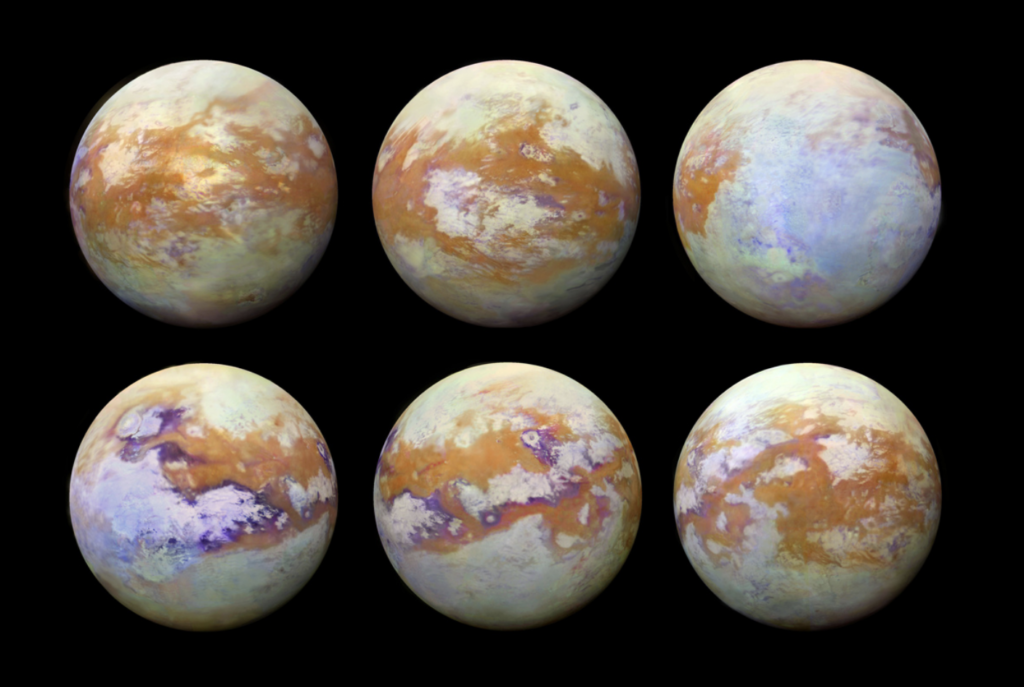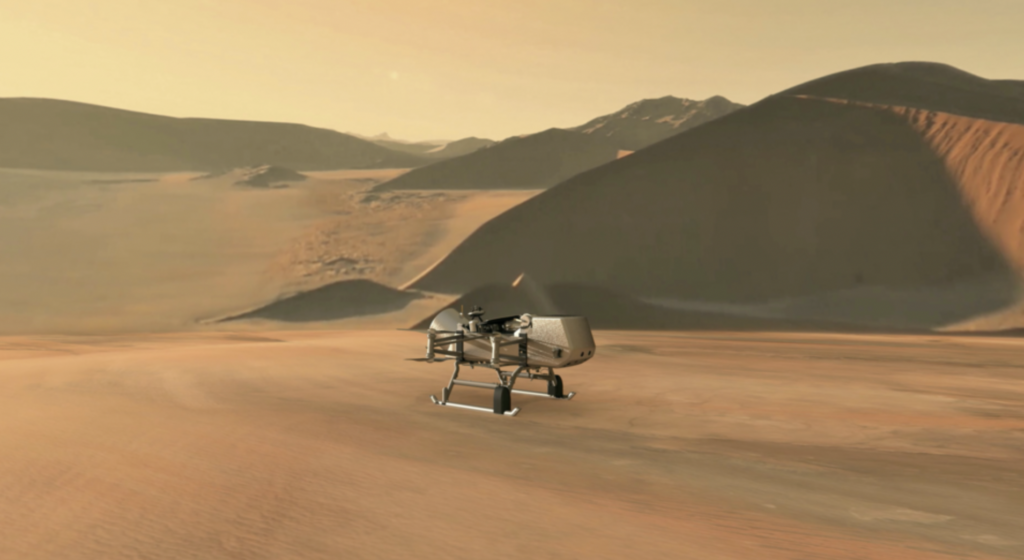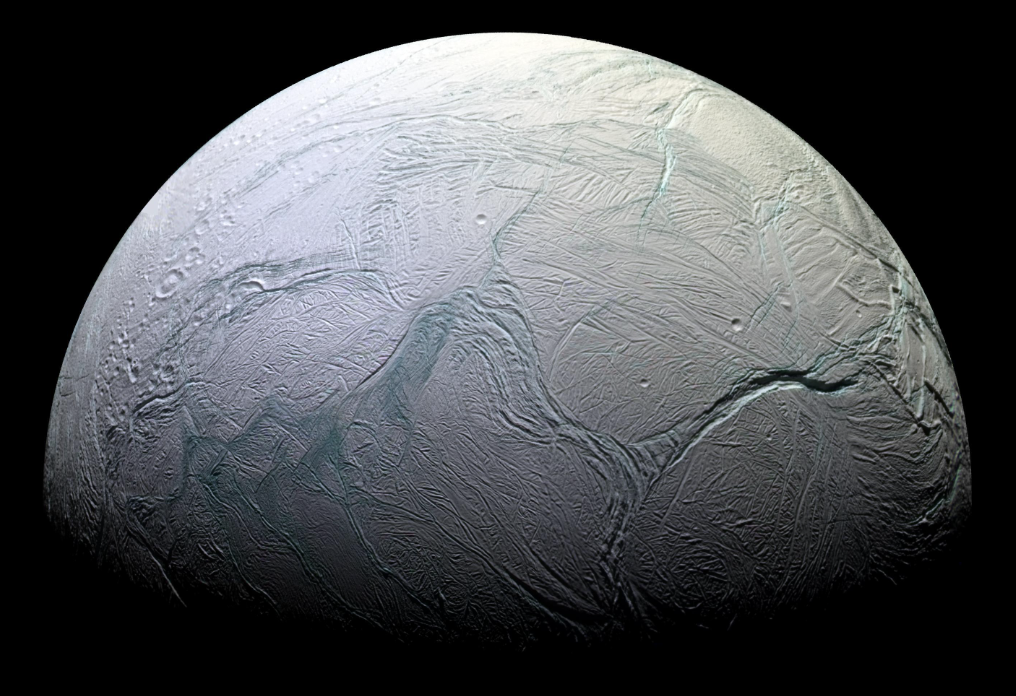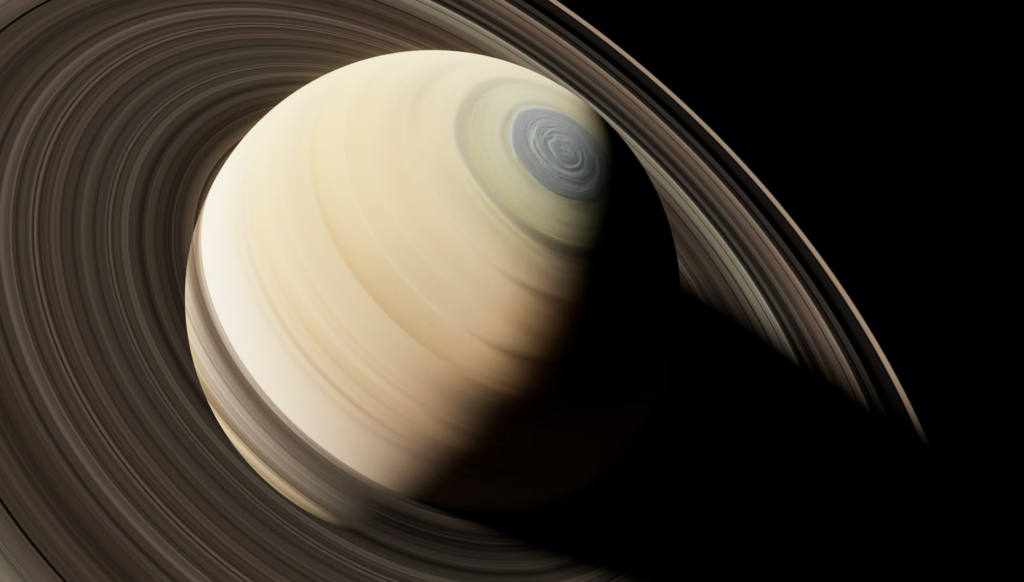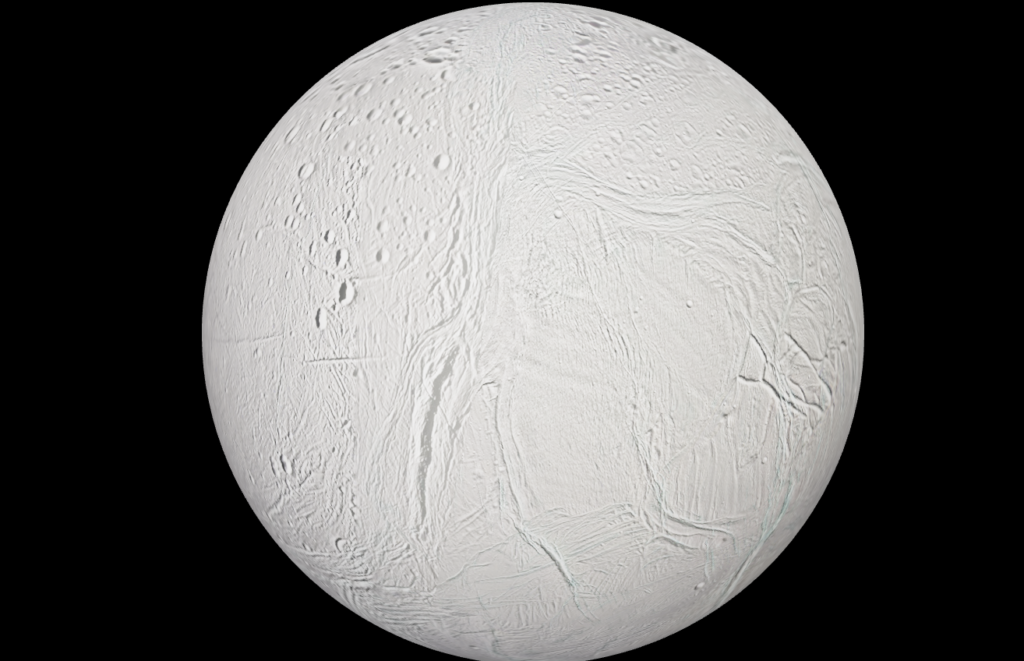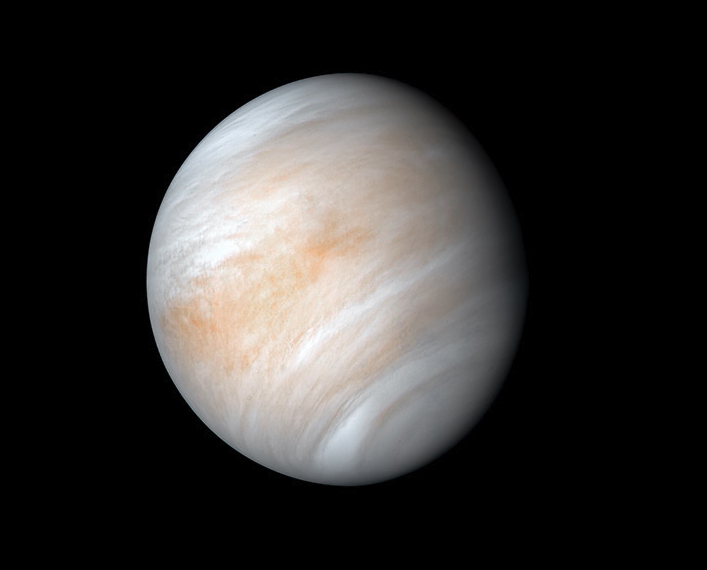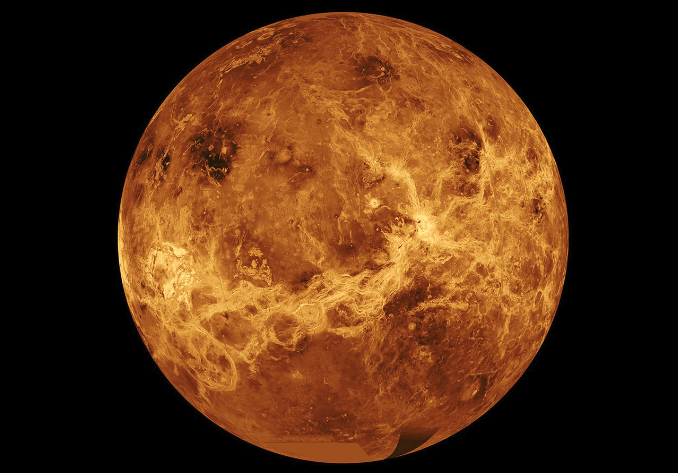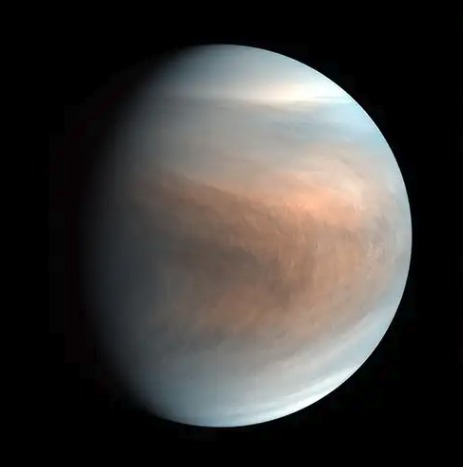Hippocamp’s Unlikely Discovery
Hippocamp, also known as S/2004 N 1, is a small natural satellite of Neptune. Hippocamp’s unlikely discovery came in July 2013 by a team of astronomers analyzing 150 archival images from the Hubble Space Telescope.
Table of Contents
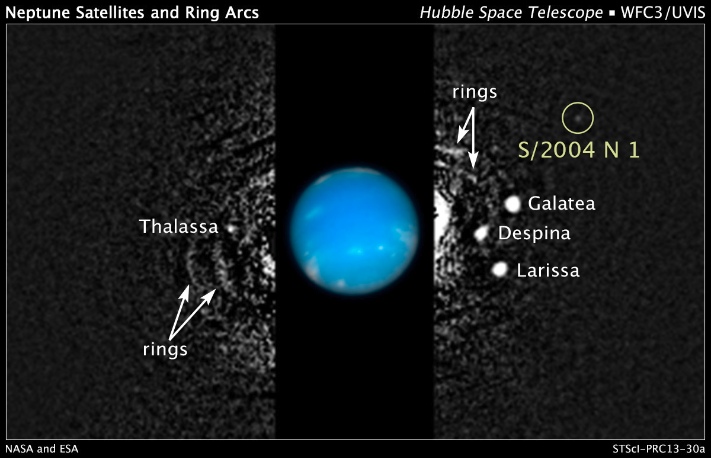
How Was Hippocamp Found?
Dr. Showalter’s group of scientists used a technique called “stellar occultation,” which measures a star’s brightness while the star is behind another object. By measuring how much the intensity of the star’s brightness dimmed, the team could determine the size and shape of the blockage.
Using both stellar occultation and “image stacking” of the Hubble images, the group was able to detect a small object orbiting Neptune. The object is estimated to be orbiting at about 12,000 miles (20,000 kilometers) from Neptune.
Astronomers used Newton’s laws of motion to estimate the location of Hippocamp when they collected images.
- Estimate the “location” of the Hippocamp in each Hubble image
- Stack a new image (with software algorithms) based on vector mapping from the “last” estimated position of Hippocamp to the new place.
- Adjust the “image center” to the subsequent estimated position and stack it again
- It’s similar to timed exposures on a telescope with an equatorial mount. The software algorithm is the mount.
How The Moon Got Its Name
Provisionally designated S/2004 N 1, Hippocamp got its name in conjunction with Neptune’s Greek nomenclature. All moons in Neptune’s orbit have titles from Greek mythology’s lesser gods and nymphs.
So the moon “Hippocamp” is born of mythological sea monsters. These creatures had a horse’s upper body and a fish’s lower body. Nereid nymphs rode them. And a team of hippocampus pulled the Greek sea god Poseidon’s (or the Roman Neptune’s) chariot.
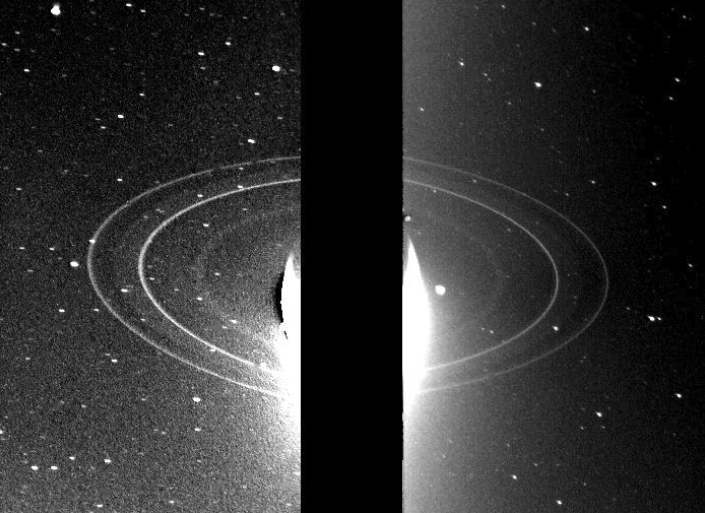
Origin
Further observations by the team revealed that Hippocamp is a tiny moon with a diameter of only about 20 miles (32 kilometers.) It’s about 1/1000th the size of its nearest moon neighbor, Proteus.
Additionally, Hippocamp likely chipped off Proteus after a comet hit it billions of years ago. Hubble images show a significant impact crater in Proteus named the Pharos Crater. Planetary scientists believe a small piece of the moon from that impact is now what we see as Hippocamp.
Hippocamp’s Unlikely Discovery
This moon resides about 3 billion miles from Earth. It is also very faint, reflecting only about 1% of the light that reaches it, making it difficult to detect using traditional techniques.
- Hippocamp is so small and dim that it’s approximately 100 million times beneath the faintest star we can see without a telescope from Earth.
- It’s too faint to detect in a single Hubble Telescope picture.
Hippocamp’s unlikely discovery was a significant achievement, as it marked the first finding of a new Neptune moon in more than 20 years. Before this discovery, the last new moon found around Neptune was Proteus in 1989.
The Moon’s Features
Since its discovery, astronomers have studied Hippocamp using various telescopes and spacecraft, including the Hubble Space Telescope and the Voyager 2 probe, which flew past Neptune in 1989. These studies provided more information about the moon’s size, shape, and surface features, as well as its orbit and other characteristics.
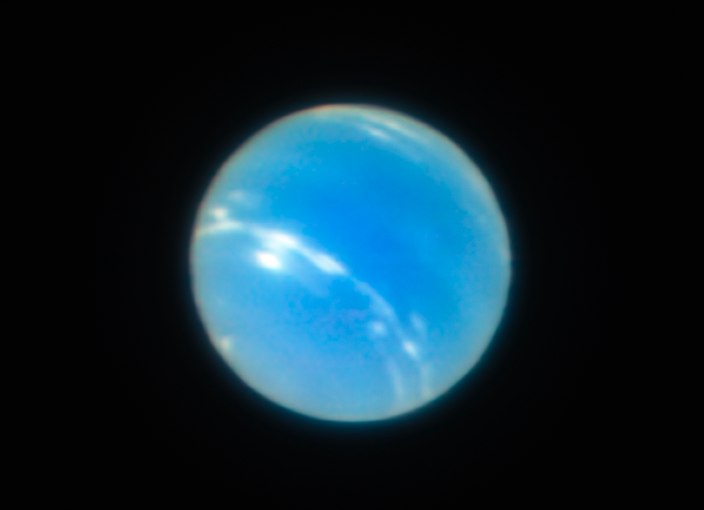
Characteristics
Hippocamp is likely a remnant from the early solar system, formed from the same material as Neptune and its other moons, especially Proteus. Additionally, like our own moon, Hippocamp is slowly spiraling away from Neptune.
Orbit
This moon orbits Neptune once every 22 hours and 48 minutes of Earth time. Since it’s close to Proteus, Hippocamp is influenced by its significant gravitational pull. Larger moons typically eject smaller moons from their gravitational orbits or absorb them completely. However, these two moons coexist in close proximity.
Conclusion
A seemingly literal knockoff from the larger moon, Proteus, Hippocamp’s unlikely discovery came from analyzing Hubble Space Telescope images. Dr. Mark Showalter and his astronomy team found Neptune’s newest moon in 2013. Since then, they have continued learning more about this tiny moon.
How many other moons reside in the solar system waiting for us to discover them?

